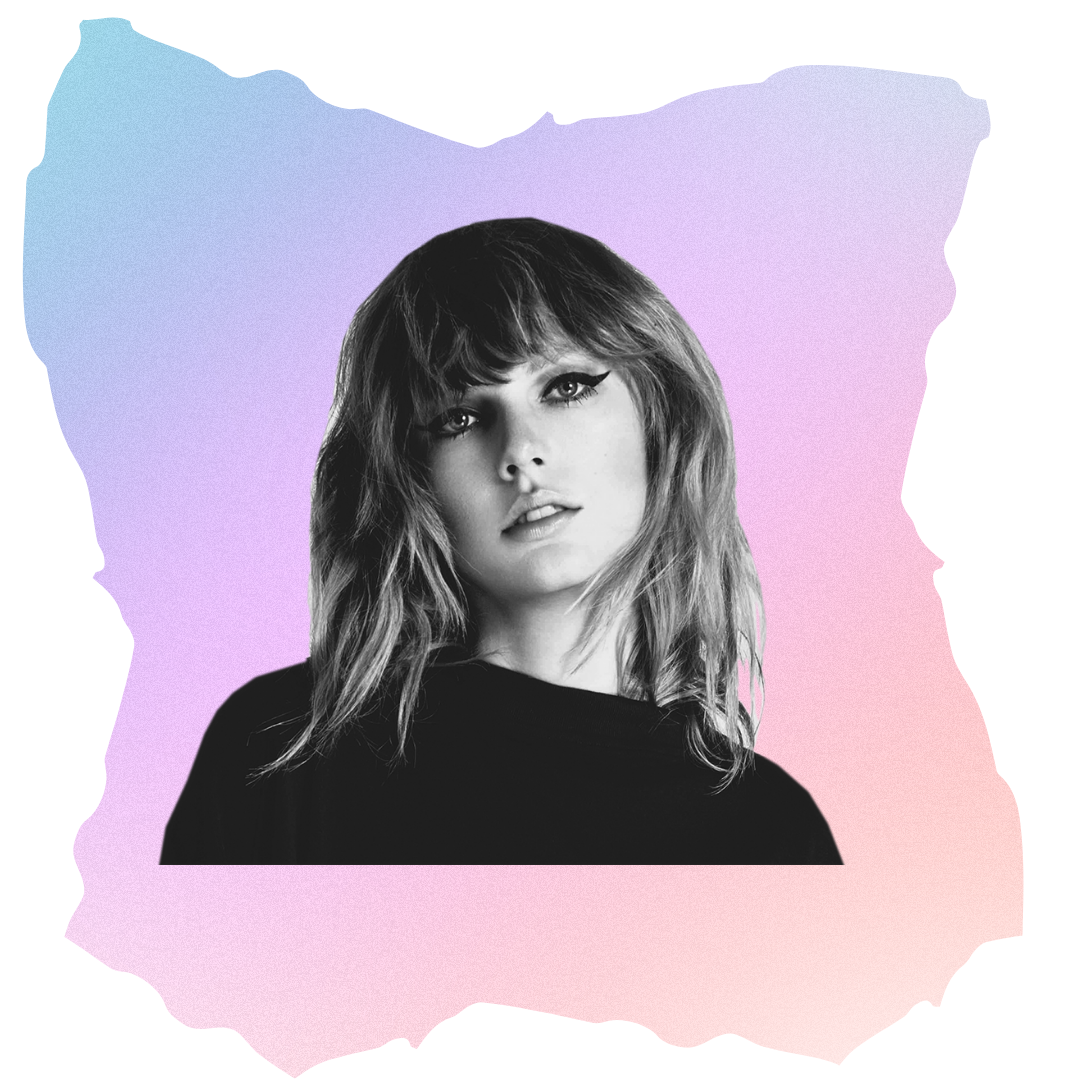Analyzing Vulfpeck’s Sleepify stunt sheds some light on the struggles of independent artists as they try to make a living in the age of streaming. Here is a video of Jack Stratton, the brains behind Vulfpeck, explaining his motivations for the Sleepify project.
Stratton explains how Vulfpeck’s fans can use Spotify to generate money for an admission-free tour, at no cost to the band. The strategy was a success, as Forbes reported that Sleepify was streamed 5.5 million times, earning the band $20,000. Though the band did not violate any specific Spotify terms, the service removed the album (McIntyre). After the removal of their album and weeks of national attention, Stratton went on CNBC to explain Sleepify, its removal, and his qualms with Spotify.
Despite his frustration with Spotify and their business model, Stratton acknowledges that there are benefits to the access that Spotify provides for artists, suggesting that perhaps artists like himself should “stop whining.” After all, it wouldn’t have been possible for him to generate $20,000 from a silent album if it weren’t for the ease of distribution and accessibility that Spotify provides, as it likely cost Vulfpeck close to nothing to create and distribute the album. Though Vulfpeck may be frustrated with Spotify’s low payouts, they did figure out how to use the streaming service to their advantage, and have been extremely successful on the streaming service.
Another notable case of an artist push back against Spotify is Taylor Swift and her very public feud with the company in the earlier years of streaming. In November of 2014, Swift pulled her entire catalog of music from the streaming service. In a Wall Street Journal op-ed, Swift explained that “music should not be free,” and that she would not put her music on a platform that does not compensate artists fairly (Swift). Her protest of Spotify gained national attention and admiration from smaller artists who struggled to make a living from Spotify’s low royalty payouts. Swift described Spotify as an “experiment” that did not fairly compensate artists when she removed her catalog in 2014, and decided to put all of her music, with the exception of her album 1989, on streaming service Tidal, as well as Youtube (Tiffany). When Apple Music launched in June of 2015, Swift first publicly denounced the new service, who announced they would not pay artists during the three month free trial of their service. Following Swift’s protest, Apple Music agreed to pay royalties during the free trial. Swift went on to partner with Apple Music for a 1989 World Tour Documentary and later participated in an Apple Music advertisement. Just three years later, Taylor Swift’s entire catalog was back on Spotify (Tiffany).

Following Swift’s disputes and partnerships with music services, it is clear that she, like many artists at the time, was worried about the enormous technological shift that was disrupting the music industry. After just a few years, artists with fan bases of all sizes realized that they had to adjust to the new landscape of the music industry, despite their own displeasure with Spotify and streaming. Though the drawbacks of streaming were upsetting, many artists began to see the many benefits that streaming and high accessibility would have for independent and undiscovered artists. Vulfpeck and Taylor Swift are just two examples of artists who were initially resistant to Spotify and the direction of the music industry, but have since learned to live in the world of streaming. Though these initial protests against Spotify may have led to the public perception of Spotify as an evil company that takes advantage of artists, over time Spotify has worked to clean up its image and provide tools for artists and consumers.
